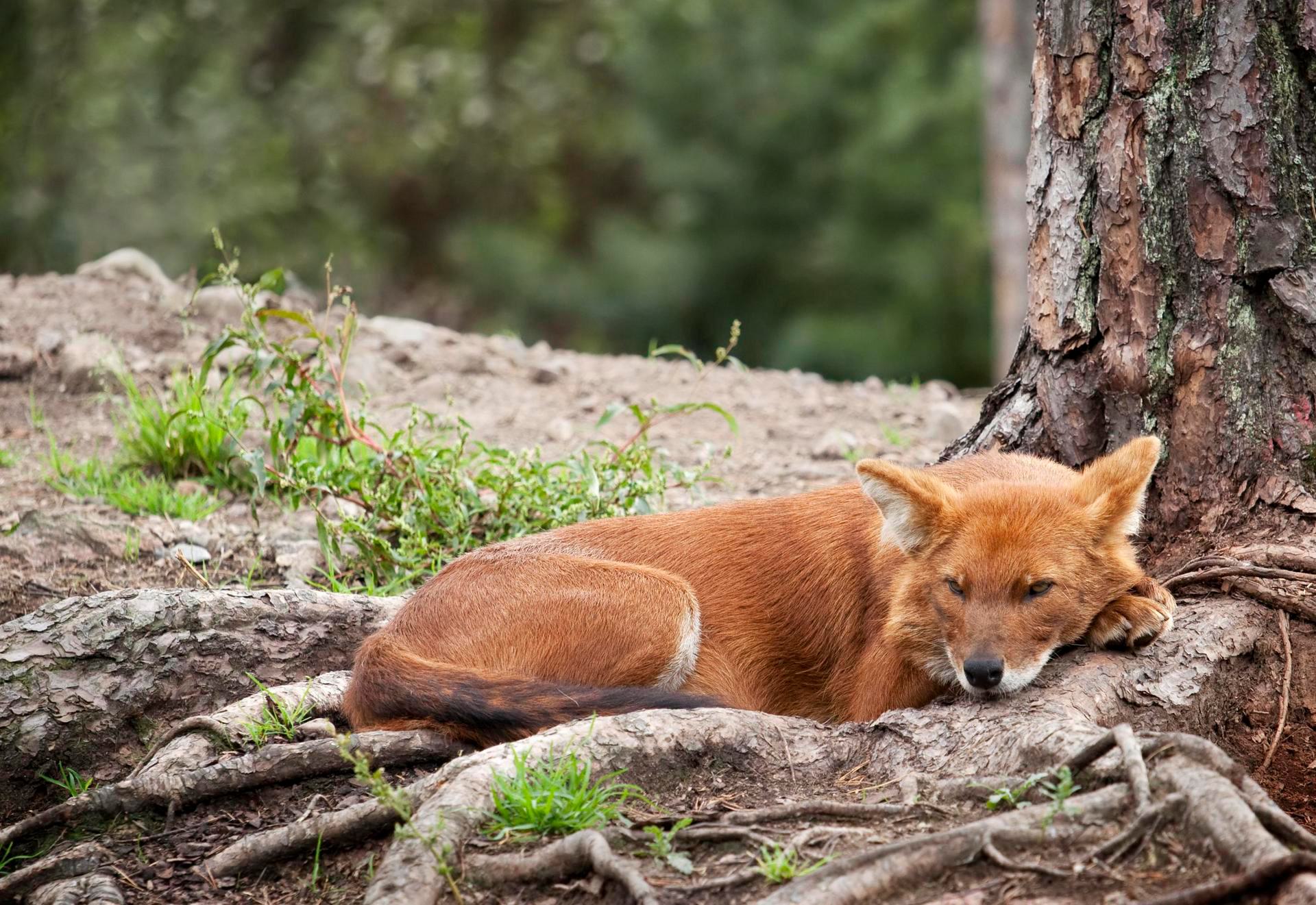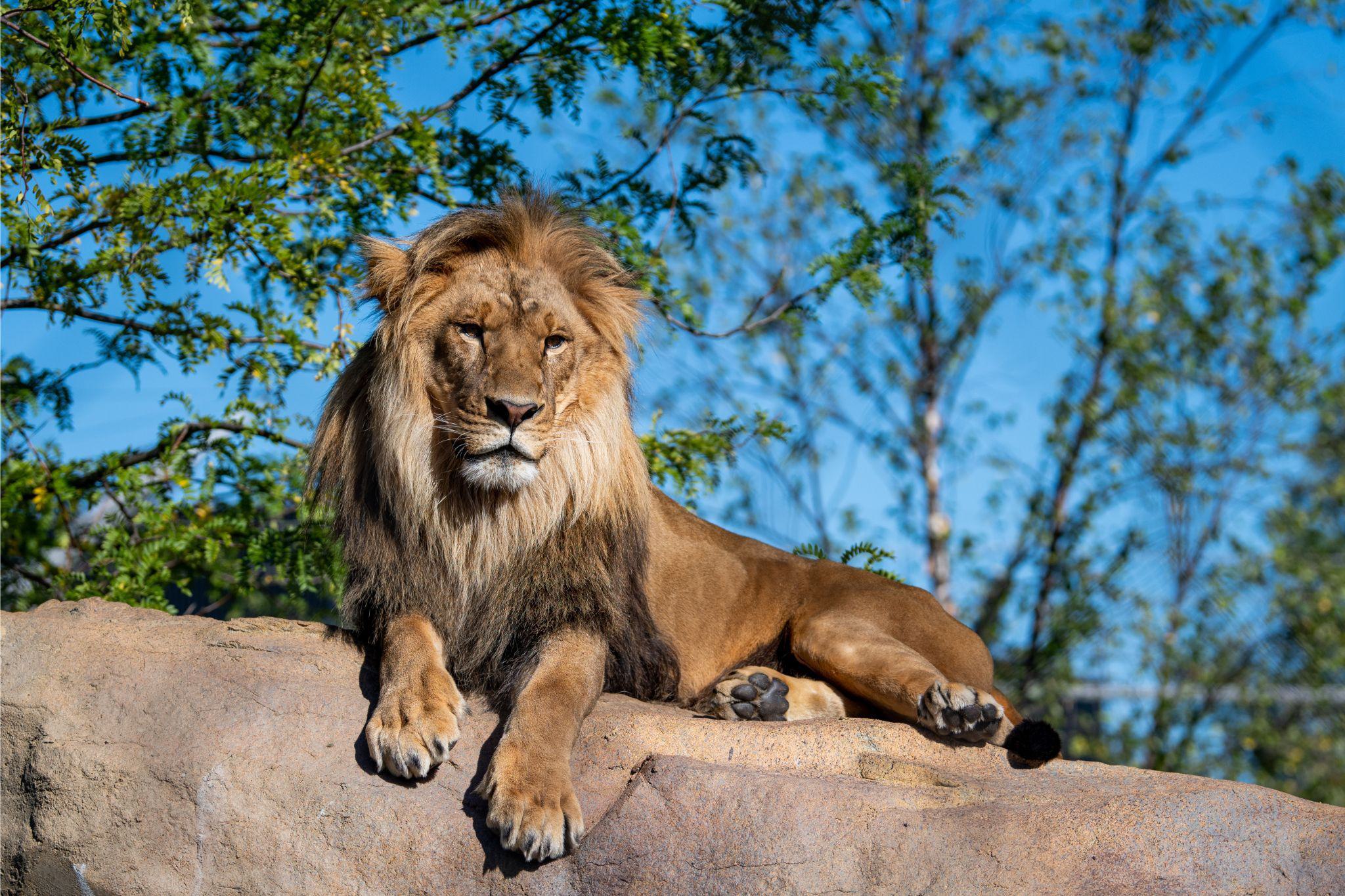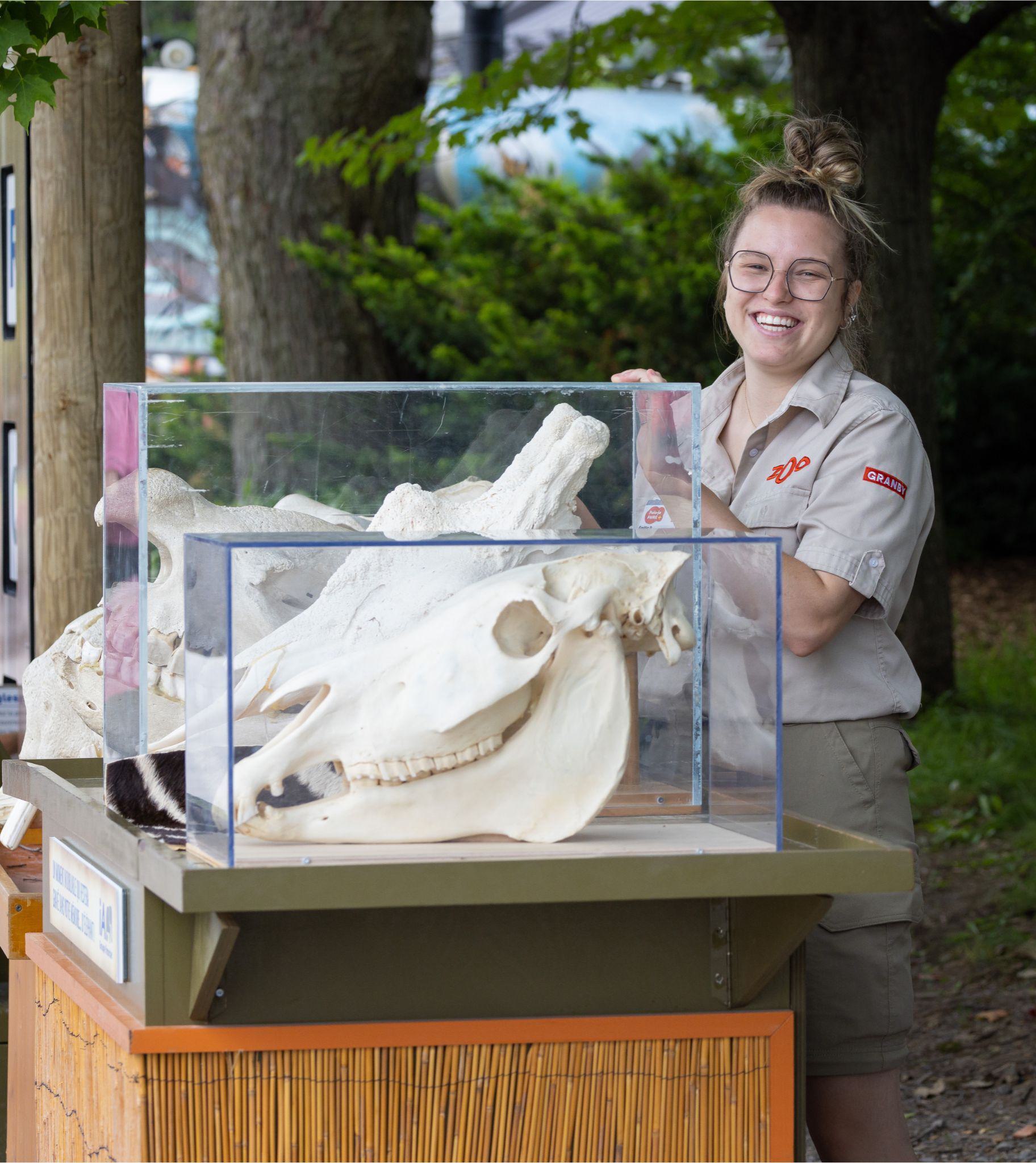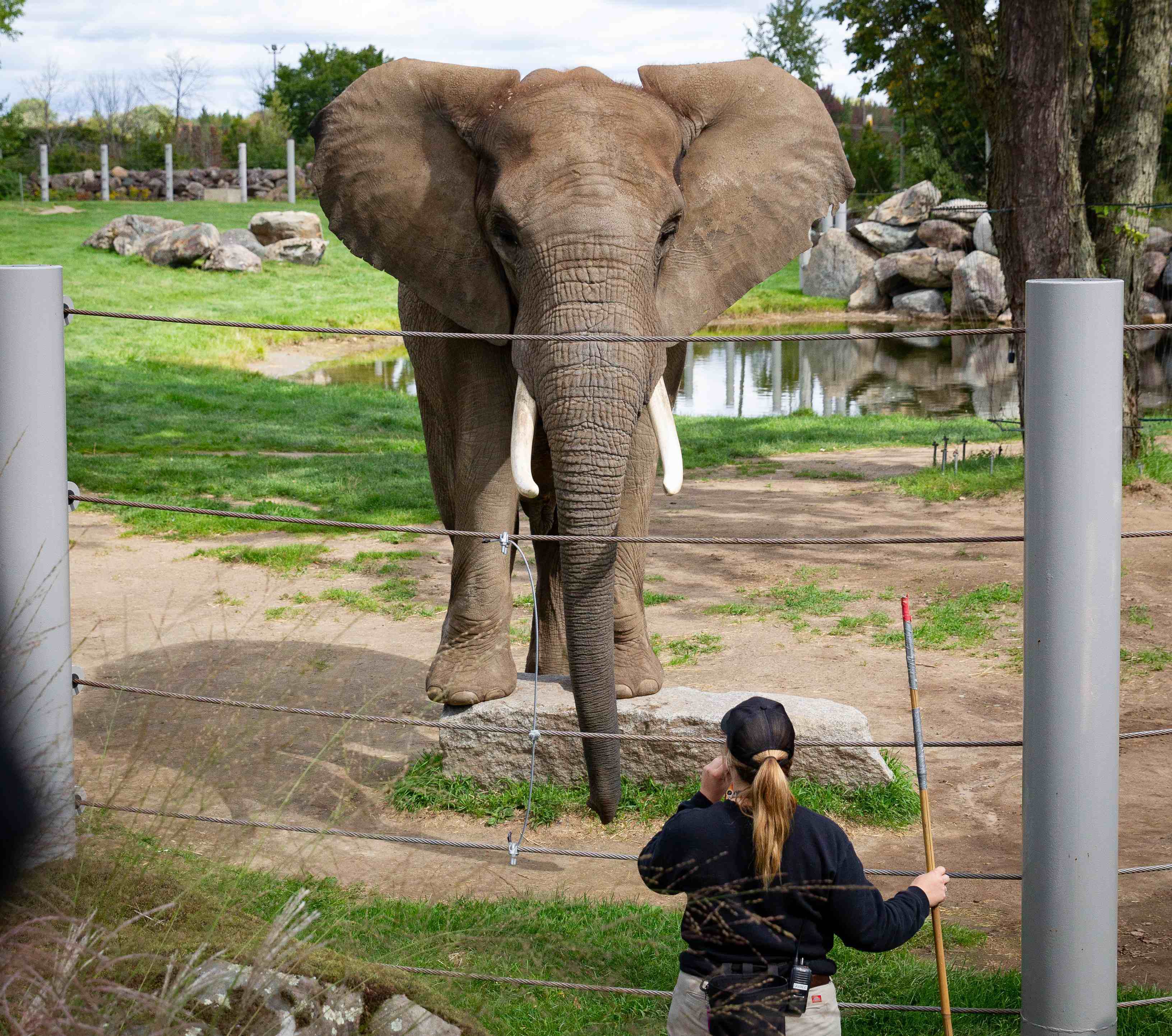Animal Transitions from One Zoo to Another!
Many among us feel the South calling as winter settles in. In these next paragraphs, we’re offering you a close-up look at animal mobility!
What happens when you want to bring over a new zebra from the United States, or move a tiger to Calgary?
Do animals need a passport? Can a giraffe travel by plane?
Pack your bags for a short trip to the heart of the little-known subject of transfers between zoological institutions.


Complex Pre-Departure Planning
Moving exotic animals from one zoological institution to another is definitely no walk in the park!
Once the decision to transfer an animal has been made, an impressive coordination process is set in motion. This can take anywhere from a few months to more than a year, sometimes two!
In fact, transporting an endangered species between two institutions of different countries is much more complex and time-consuming than moving a llama between the Zoo de Granby and the Toronto Zoo, for example.
Animals don’t need a passport to travel from one country to another, but many species do require permits, including a CITES export or import permit (or both).
CITES is the Convention on International Trade in Endangered Species of Wild Fauna and Flora. In the case of a zoological institution, a CITES permit authorizes the international exchange of an animal in full compliance with the law. Some 6,610 animal species and 34,310 plant species are protected by the Convention.
In Canada, a CITES permit is issued within 40 days, and within a couple of weeks in European Union countries, whereas in the United States it can take between 6 and ... 24 months! As with our passport, customs officers are responsible for checking these permits, but with the assistance of wildlife officers.
Each permit must be presented to the border authorities at the point of exit from the exporting country and at the entrance to the importing country.
Travelling in Good Health!
Once you have your permit(s), any animal entering or leaving the country must be accompanied by a (veterinary) health certificate.
Depending on the species and the country’s requirements, the information it contains and the tests that need to be carried out vary widely.
For importing animals into Canada, depending on the species, the zoological institution’s veterinarians will have their own medical demands (e.g., up-to-date vaccinations, weight, skin condition, blood tests, etc.).
At the provincial level, again, depending on the species, the Ministère de l’Environnement, de la Lutte contre les changements climatiques, de la Faune et des Parcs is responsible for issuing recommendations for animals arriving either from another province or another country.
Finally, at the federal level, medical requirements are set by the Canadian Food Inspection Agency (CFIA). But why the Canadian Food Inspection Agency when eating the animal is out of the question? Quite simply because the CFIA veterinarians must ensure that no animal disease enters the country and risks contaminating wild and domestic animals intended for human consumption.
The Zoo de Granby is presently preparing the departure of two of its mantled guereza monkeys, Naïa and Zuba. We accompanied the veterinary team while they were carrying out one of the tests required to obtain a medical certificate and a permit, namely to confirm that our animals aren’t tuberculosis carriers.
A small stop at the vet!

By Boat or by Plane?
When all the indicators are green and all the formalities have been completed, it’s time to arrange our animals’ transportation! Whenever possible, the shortest route will be preferred, whether by air or by land.
When choosing a means of transportation, the most important thing to consider is the animal’s well-being and the safety of all concerned. In theory, all animals can travel by plane (yes, even elephants!) In practice, however, it’s not as simple.
Air transportation depends on the size of the animal, the dimensions and weight of its shipping container, the size of the aircraft, the destination, flight availability and so on. Added to this, not all airlines will accept animals. And, of course, we need to take into account the time of year, the temperature in the departure and arrival cities, etc.
Animals can be shipped on both all-cargo flights and on commercial passenger flights as well. In the latter case, they’ll travel in the baggage hold with all the other cargo. So, it’s not impossible that on your next trip you may find yourself sharing a flight with a tiger or a lemur!
Animals travelling by air must be placed in transportation containers that comply with IATA (International Air Transport Association) requirements. A manual outlining these required standards is published every year. Each expeditor must therefore make sure to build (or modify) a shipping container in such a way that it complies.
Water and food accompany the animal in transit, and depending on the length of the flight, staff from the Zoo of origin could also travel along to provide the necessary care.





